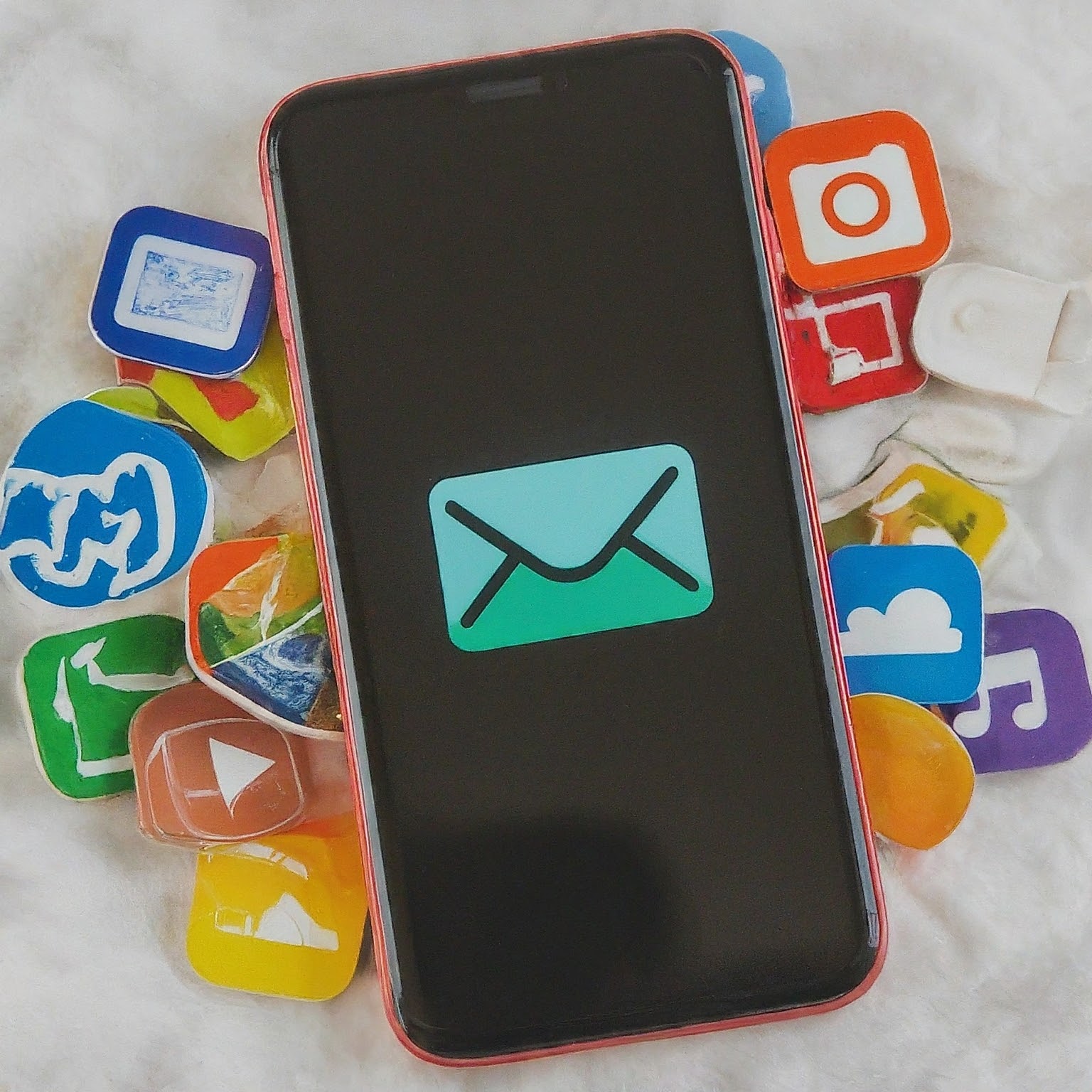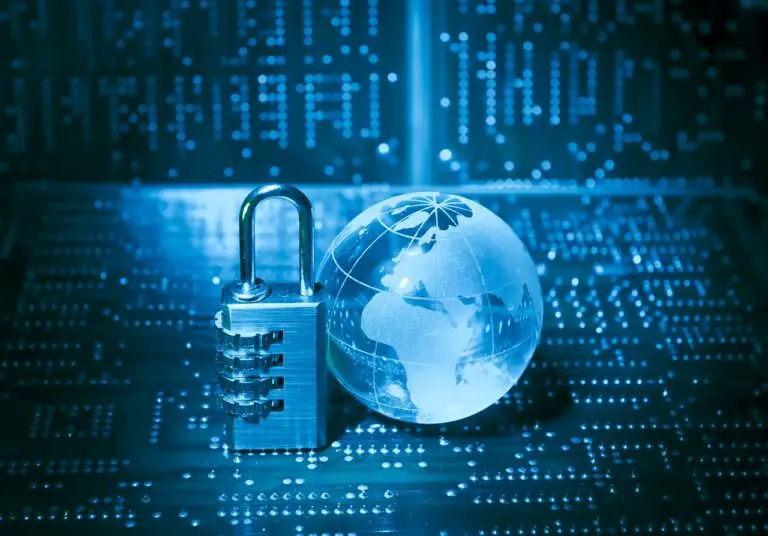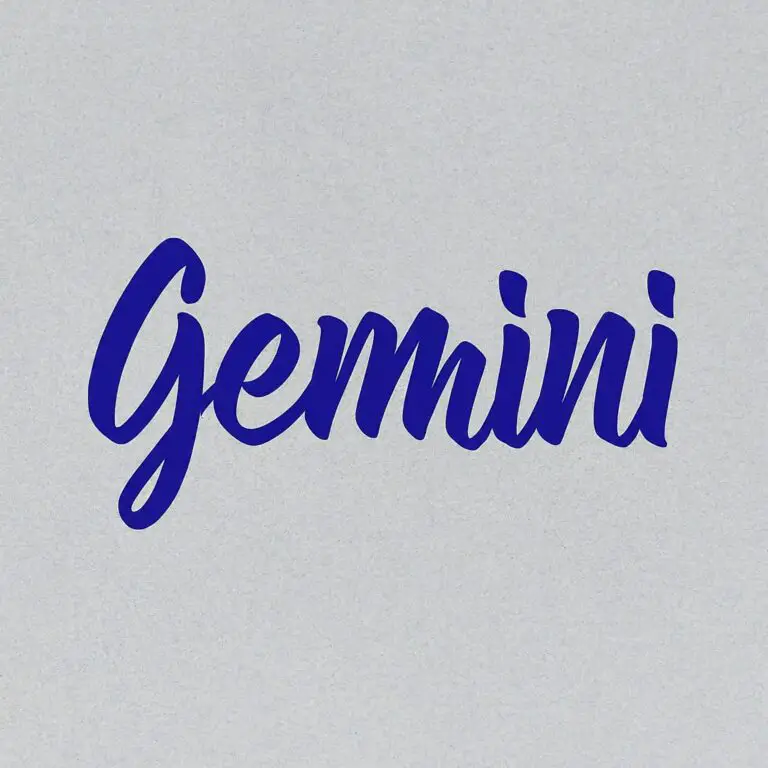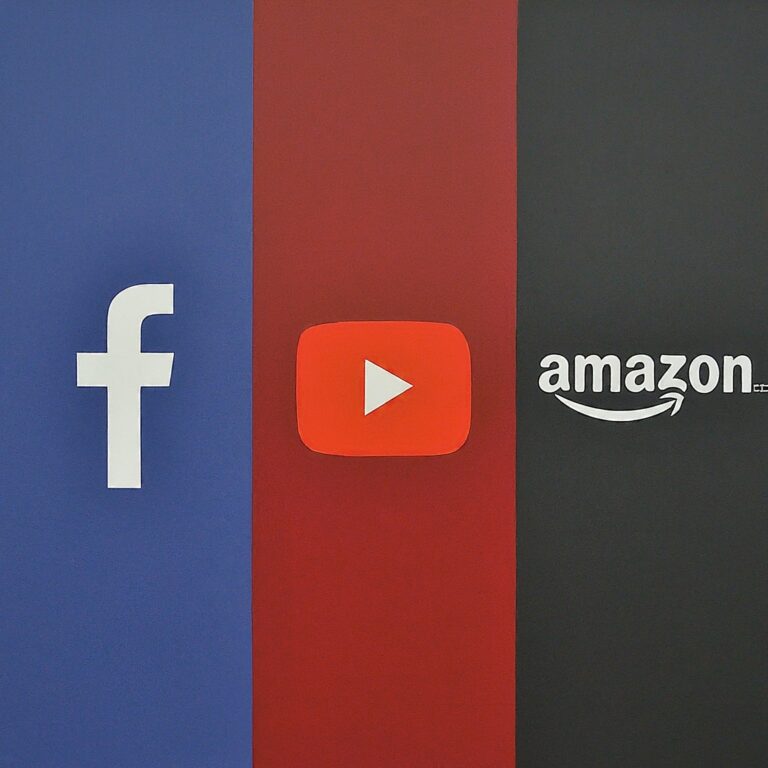why I Had to Kill My Gmail to Save My Gmail
Introduction
We use email in our day to day life and it becomes an important part of today’s digital era. Everyone uses it as their name in communication, personally or professionally. There are many email service providers, but Gmail by the tech giant Google remains one of the top ones thanks to its easy-to-use interface and advanced features. That said, you can imagine my inner turmoil when desperation and redundancy finally pressed me to do so — I just had to kill and revive my Gmail account.
For more articles check Newsworldportal
The Problem GMail is Facing
Gmail, being around for years now has tons of users from all over the world. This large surge in growth however brought along numerous problems which had started to take over the platform. Clutter, for starters. Recently with the revival of Gmail as email client, we are receiving more emails than ever before – newsletters and promotional content on one side; work-related material or family related correspondence among others. For nearly a year, going through the deluge of messages had become an all-consuming process that ate up time and tested my patience — slowing down productivity and hiding important emails in its madness.
The other issue is that, because Gmail has a robust spam filter leading to fewer spams appearing in your inbox (most of the time), some legit emails are flagged as false positives and subsequently buried into “Promotions” or worse, “Spam”. Which meant we ended up missing important emails right and left, totally defeating the purpose of us having a centralized account… to make it easier for people to message us.
The Decision to Kill my Gmail
Tired of all this crap, I did consider leaving Gmail altogether. Place after a lot of thought and sleepless hours spent on doing my research, I finally did it: Deleted my (long-established) Gmail account. But it was, unsurprisingly, not without some hesitations: With the decision to cut off relations with such a common email issuer came severing contact from years worth of saved emails contacts and important documents.
Finding Alternatives
The struggleAfter I committed to moving away from Gmail, the challenge was then on in finding a replacement which would cater for my email requirements whilst working through some common problems that appeared along the way. There were a few choices and each had its own benefits and drawbacks. I did a careful analysis of security, interface user experience (UX), spam filters and integration with other tools in order to choose one that best served my ideal email host.
Transferring Data
Now, I selected an alternative provider and the painful process of moving my data from Gmail started. Forwarding these emails or copying them one by one would have been a Herculean task, so I looked at different approaches to streamline the process. Thankfully, most service providers have tools available that automate the process of moving emails, as well as contacts and files in general from one account to another.
Gmail Liberation
Savoring my newly reclaimed freedom from Gmail, I began to realize a few of the small but important differences. The new email platform had a responsive, intuitive user interface but it did not created unread status so I can easily navigate through messages. Therefore, the spam filters became increasingly precise and instead of important emails ending in the void that is our promotions folder. I realized that overall it just made me better and more productive than any time I spent in Gmail.
Conclusion
Returning to Mailchimp, Many of us treat Gmail as many power-users would their panel-based and often feature-heavy newsletter program. Tackling a parting with something so ingrained is daunting — but every now-and-then it helps if we do this exercise in a thought experiment: just what does our product looks like when you delete fifty percent of its tasks from existence? Choosing to put my Gmail account down was a hard decision in the end, but it wound up preserving some of my digital correspondence. But by seeking out appropriate replacements, migrating the data and accepting that there is a freedom in escaping years of inertia I was able to take back control of my email.






